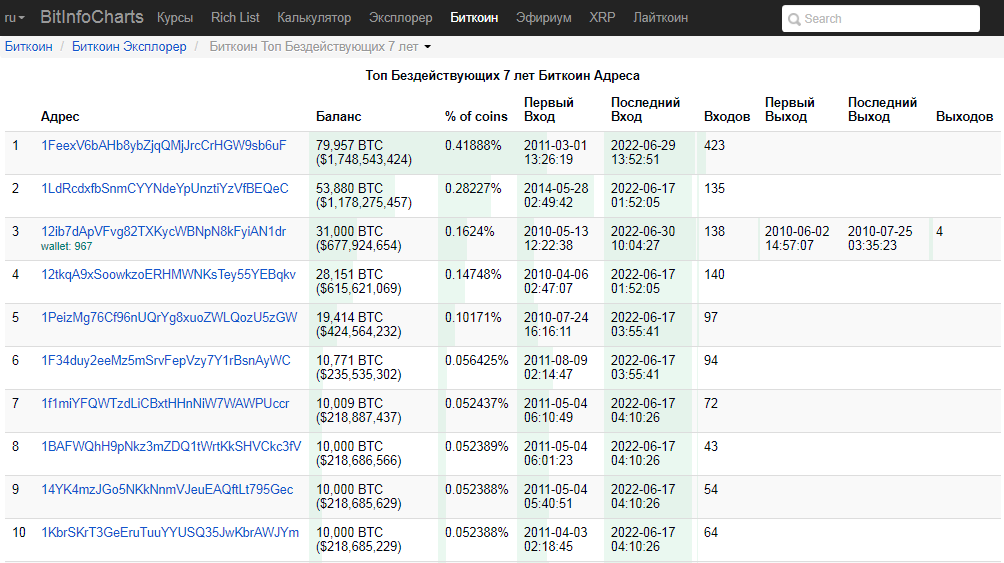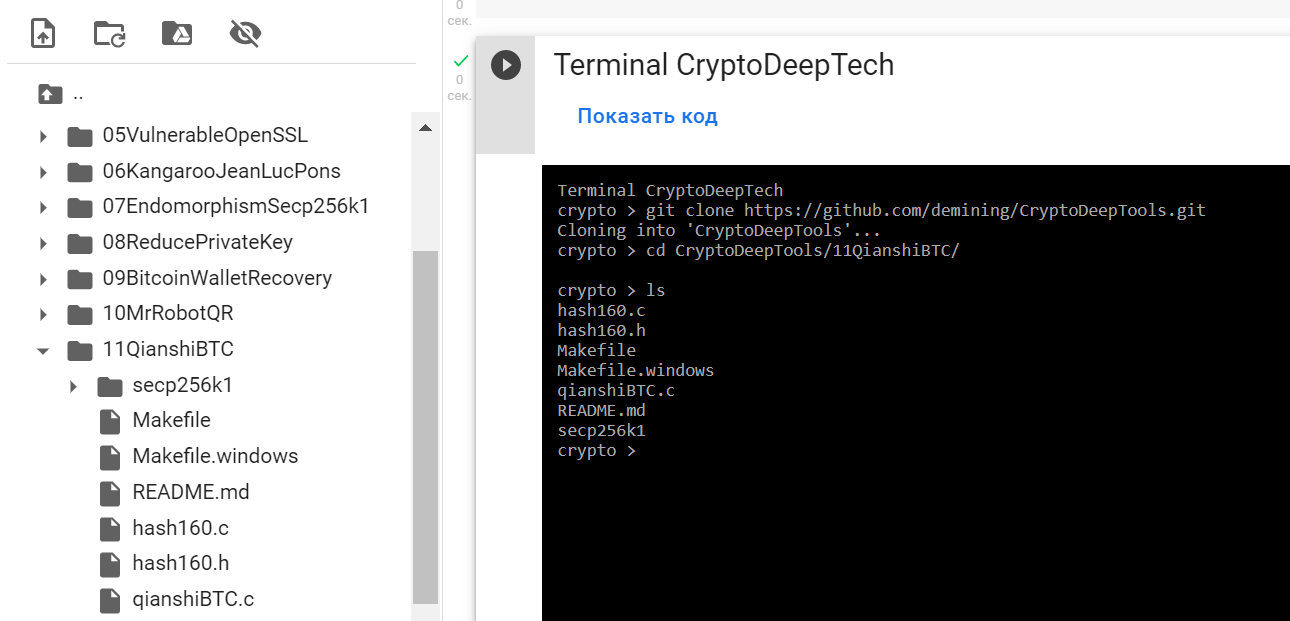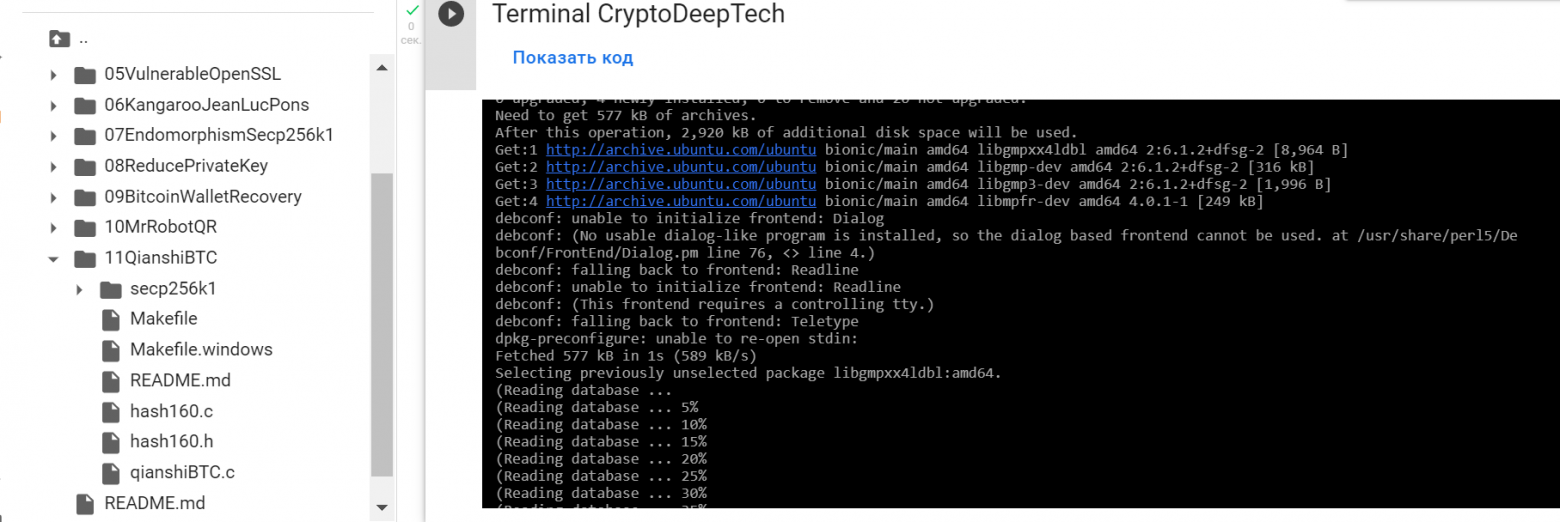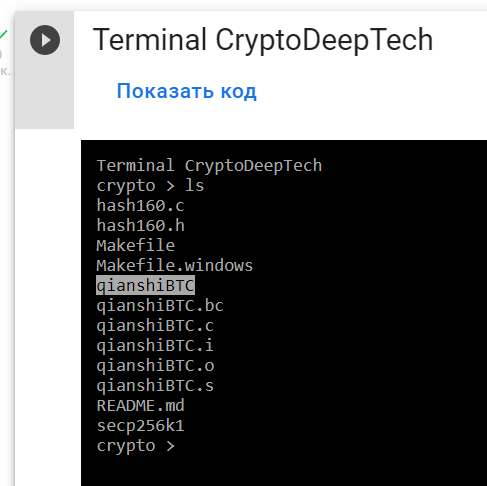In pursuit of qubits, Baidu Inc , as the leader among Chinese search engines, does not lag behind its Western competitor Alphabet Inc.
All super-powerful computers use quantum physics to solve complex problems that traditional devices cannot, using qubits, an evolution of the classic binary bit. Qubits can simultaneously represent the value 1 or 0, which promises exponential growth in computing power.
Bitcoin uses several cryptographic algorithms at once : an elliptic curve digital signature algorithm (ECDSA) for signing transactions and two hashing functions – SHA-256 and RIPEMD160.
The most common function hashes use a variant 128 ключей that can be cracked by quantum computers . In the foreseeable future RIPEMD160 , it may also be under threat.
Implementing an encryption upgrade for a blockchain system seems to be the biggest headache for cryptographers, as the process of updating existing private keys can create new vulnerabilities.
New private keys will be generated by the system after the successful implementation of post-quantum encryption . To enable transition to the new private key, users will need to sign their old private key for approval. However, inactive Bitcoin users may never update their private key, which can cause serious problems, as dormant Bitcoin Wallets, such as those holding over 1 million BTC coins that are believed to be owned by Satoshi Nakamoto , will probably never see encryption improvements .

Birthday attack
One of the most commonly cited attacks on Bitcoin that can be used by quantum computers is the “Birthday attack”
This method is based on hash function collisions based on the birthday paradox .
It uses the mathematics behind the birthday problem in probability theory. The success of this attack largely depends on a higher probability of collisions between random attack attempts and a fixed degree of permutations, as described in the birthday paradox problem, a mathematical model for finding partial collisions by detecting collisions between two Bitcoin addresses that create the same HASH160(to try find a collision for HASH160) .
The algorithm can be described by analogy with a random walk

Five random walks of eight steps starting at the central point. Some paths seem to be shorter than 8 шагов: in this case, the path duplicates some steps in the opposite direction. From Wikipedia: “Random Walk”
Using the principle that any function with a finite number of possible outputs placed in a feedback loop will cycle through, one can use a relatively small amount of memory to store outputs with a specific structure and use them as a «маркеров»way to better detect when a marker occurs ( passed before). These markers are called highlighted points, and the point where two inputs produce the same result is called a collision point.
Let’s move on to the experimental part:
Open [TerminalGoogleColab] .
Let’s use the “11QianshiBTC” repository .
git clone https://github.com/demining/CryptoDeepTools.git
cd CryptoDeepTools/11QianshiBTC/
ls
Install all packages:
sudo apt-get install g++ -y
sudo apt-get install libgmp3-dev libmpfr-dev -y

Assembly:
make
Let’s run the command ls and see that qianshiBTC – a tool for finding a collision of Bitcoin Addresses has been successfully created!

Launch:
To start, specify the first ones
40 bitsto search for a collision
./qianshiBTC 40
From the search, we can see that we got a partial collision of Bitcoin addresses based on the “Birthday Attack”
Let’s open bitaddress and check:
--RESULT-(SECRET)---------------------------------------------------------------
priv_key[1] = 277C6CA6F6BD18E09BE149D02B73219E959F1F196EA053DA064F8AE87D937060
priv_key[2] = 9E233E554BBBCA4E0E487DBB108E8207F5E29C2203007A6C671F769C6EB56463
WIF[1] = KxYU1nx59KfPngSvDWU9B2hinhprnTT5pXiVZUEmjqdo41DuafPc
WIF[2] = L2X7Kn854vGj87rNQd1Kgz9p9powZ3iHebp8GdkK8tHuRMDjufJv
--RESULT-(SIGNATURES)-----------------------------------------------------------
message = "This is a real Bitcoin address."
sig[1] = H3RIf+MXNTt68hBxo6jNLMYFZVdGJYKucuE07P2EEcYnCT3MmeC7IZ7bib4GphG3oKph2Cg/t1KIoJShT1uLOfo=
sig[2] = ILWm8qSAacbS+ShcUohp5Nyw4/yFLMPRydPLLy8HNy3IVHRvRt58Rtr3511euQGT9tVIcv0QhetqydrB0txUxu8=
--RESULT-(PUBLIC)---------------------------------------------------------------
pub_key[1] = 023A7ABE886BF8A5E629C71449FA7B45F1A540A88C1321B32153002EE5DB6FCD
pub_key[2] = 024EE1DFCE7498EA0729EADFDC3428FF3D966509800A4C786A317B9E0CAABB44
bonus = 0bits
shared = 10chars
hash160[1] = 06df0a6506d559796b4e4bf11e5d37140151f631
hash160[2] = 06df0a6506264eae5f2727343b09f9b6b114d5ad
shared = 6chars
addr[1] = 1dLFHTpXawMMcFGd81ky7pjEcKDa9z3M8
addr[2] = 1dLFHToyYKVanuxG6XcC1BW9BLHuRugGt
warning: verify the keys/addresses before use!Currently the code only uses
CPU, but a port toGPUwould make more100 битныеcollisions possible. This is similar to split key miningVanitygen. With enough cores, it is possible to increase the bits to look for a collision . In the case of quantum computers, the hash function isRIPEMD160completely doomed.
Literature:
This video was created for the CRYPTO DEEP TECH portal to ensure the financial security of data and cryptography on elliptic curves secp256k1 against weak signatures ECDSA in cryptocurrency BITCOIN
Telegram: https://t.me/cryptodeeptech
Video material: https://youtu.be/KqJcPSIZ5RM
Source: https://cryptodeeptools.ru/quantum-computer-qianshi

